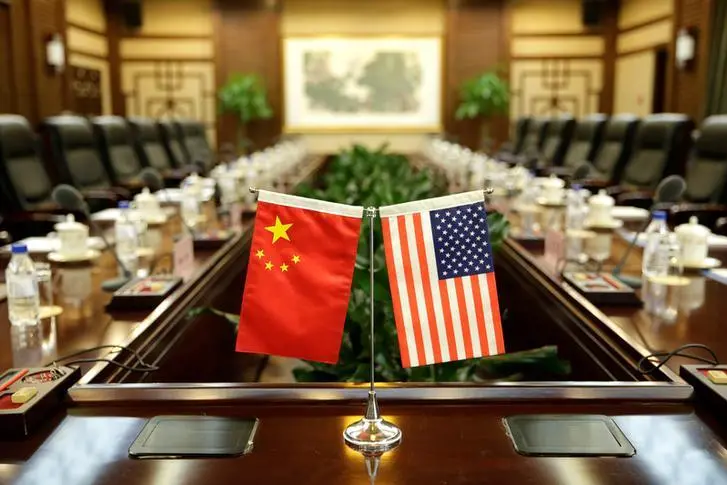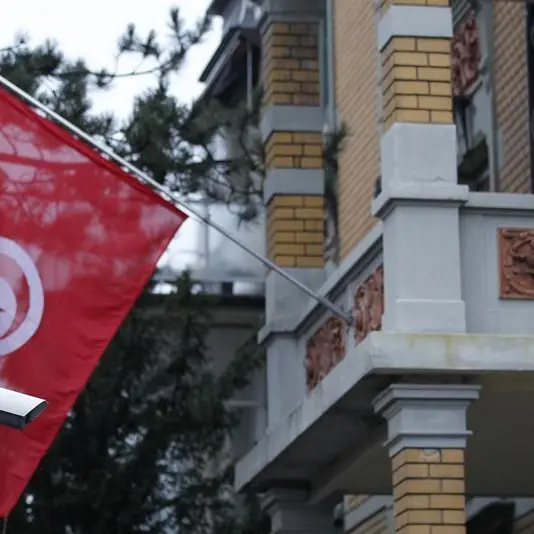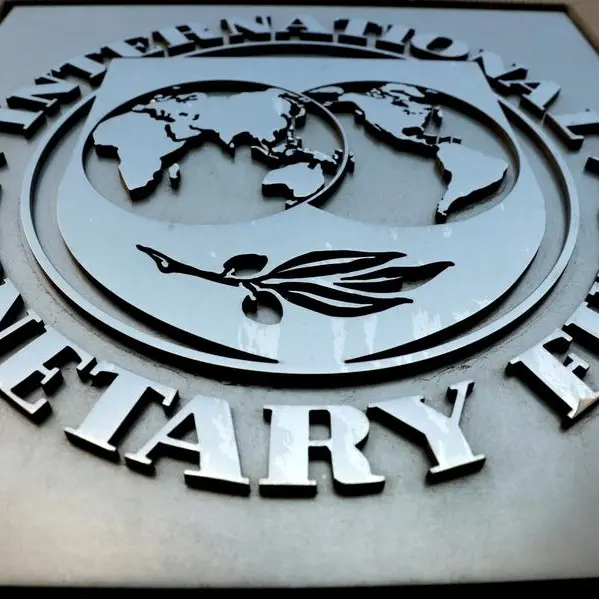PHOTO
WASHINGTON, (Reuters Breakingviews) - Donald Trump has at least one legitimate trade beef. The White House on Friday imposed tariffs on Chinese goods, a response to years of intellectual-property theft. It’s an issue that also plagued the last U.S. president, Barack Obama. But Trump’s other anti-trade moves hurt his case – and U.S. importers.
Leaders in Washington have struggled with how to stop China from stealing intellectual property. In 2015, the Obama administration threatened sanctions. In 2014, the U.S. Justice Department charged five Chinese soldiers for cyber espionage against Westinghouse Electric and other companies.
Trump has focused on tariffs. His administration on Friday announced a 25 percent levy on $34 billion worth of imports from China, and an additional $16 billion in goods could be affected. The products focus on inputs for manufacturing like dishwasher parts, supplies for the oil and gas industry and molds for semiconductors.
It’s a move that faces little political opposition in the United States, unlike Trump’s tariffs on steel and aluminum imports, for example. Yet it has a cost. It will be difficult for some U.S. companies to find alternate sources of supply. While they can apply for exemptions, most oil and gas pipeline construction projects could be delayed or stalled, according to ICF, a consulting firm that conducted a study for the industry, and other businesses are vulnerable too.
The bigger problem is that a justified penalty on imports from China is undermined by Trump’s other trade spats. Tariffs on steel and aluminum were aimed at China but they actually hurt Canada, the biggest source of U.S. imports of those products, the most. The U.S. president’s rhetoric has also deepened rifts with long-time allies.
A few tariffs also don’t address China’s long-term economic threat. Beijing has plans like the “Made in China 2025” blueprint to become a powerhouse in technology, energy and aviation and the massive “Belt and Road” infrastructure initiative. U.S. policymakers aren’t central planners in the same way, but they can’t even agree on a basic plan to overhaul crumbling infrastructure.
The U.S. technology industry and other sectors are also worried about retaliation and backlash in China. Trump has a case against Beijing when it comes to IP, but he could try harder not to obscure his own arguments.
CONTEXT NEWS
- The United States on June 15 imposed a 25 percent tariff on $34 billion in imports from China in response to what President Donald Trump’s administration calls “unfair practices” related to intellectual property and technology. Tariffs on another $16 billion in newly recommended products will be subject to public comment before being finalized.
- “My great friendship with President Xi of China and our country’s relationship with China are both very important to me,” Trump said in a statement. “Trade between our nations, however, has been very unfair, for a very long time. This situation is no longer sustainable.”
- Many of the U.S. tariffs relate to China’s “Made in China 2025” strategic plan. The list includes more than 800 products that were on an initial list published in April, following Trump’s announcement in March that his administration would take action. They include parts for dishwashers, dairy machinery, poultry incubators, and supplies for the oil and gas industry. The administration recommends adding another 284 products, which include resin, irrigation equipment, electronic circuits and locomotives.
- The Chinese Commerce Ministry said it would retaliate with tariffs on a similar value of U.S. products.
(Editing by Richard Beales and Amanda Gomez)
© Reuters News 2018












